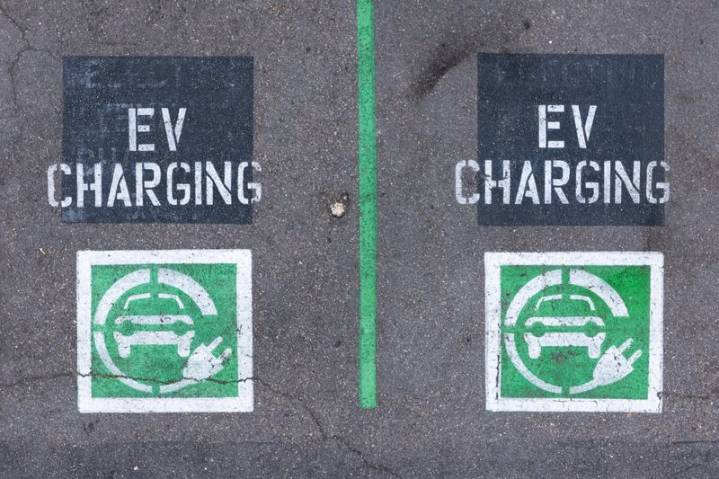(Reuters) -Startups worldwide are racing to develop new battery technologies using materials like sodium and sulfur or other innovative chemistries, aiming to cut costs and reduce reliance on some critical minerals to supply electric vehicles (EVs).
China controls 85% of the global battery cell production, and 90% of processing of raw materials used in two lithium-ion variants that dominate today’s EV market.
Battery technology is evolving fast, but the basic principle remains unchanged, with three key components – a cathode, an anode and an electrolyte.
As carmakers weigh long-term options, here is a look at the various battery types currently in use or under development.
LEAD
Used in existing 6 or 12 volt batteries to power car starters.
Pros: Cheap, works in extreme conditions.
C

 104FM WIKY
104FM WIKY

 The US Sun Technology
The US Sun Technology stupidDOPE
stupidDOPE PC World Business
PC World Business Fast Company Technology
Fast Company Technology KTNV Channel 13 Las Vegas
KTNV Channel 13 Las Vegas Nashville Post
Nashville Post The Atlanta Journal Constitution
The Atlanta Journal Constitution Essentiallysports College Sports
Essentiallysports College Sports